The Japanese tea ceremony, or Cha-no-yu, is much more than just tasting tea; it is a profound cultural experience that combines art, spirituality and philosophy. Steeped in the history and traditions of Japan, this practice is a window into Japanese aesthetics and offers a moment of tranquility and reflection away from the hustle and bustle of everyday life. By exploring the tea ceremony, we discover an essential facet of Japanese cultural identity, where every gesture and every object has meaning.
The Complete History of the Tea Ceremony
The tea ceremony, known as Cha-no-yu, has origins dating back over a thousand years, with early records indicating the importation of powdered tea from China by Buddhist monks. It was not until the Kamakura period (1185–1333) that tea began to gain popularity among samurais and aristocrats as a means of meditation. Over the centuries, tea has evolved from an exotic luxury to an essential component of Japanese spirituality and aesthetics, embodying the principles of Zen and concentration.
In the 16th century, under the influence of tea masters such as Sen no Rikyu, the tea ceremony was transformed into a structured art form with precise rules and rituals. Rikyu, in particular, brought significant innovations that set the standards of the ceremony, such as the incorporation of architecture and gardening as part of the ceremony, as well as the introduction of thewabi-style cha, which values simplicity and subtlety. His teachings emphasized beauty in austerity, a stark contrast to previously popular adornments, and promoted the philosophy of "once, once meet" (ichigo ichie), encouraging appreciation of each unique moment.

Principles and Philosophy
The principles of the Japanese tea ceremony are deeply rooted in the concepts of Zen and aesthetic philosophy as we discussed just a little earlier in this article. At the heart of these principles is "Wabi-sabi", the appreciation of beauty in imperfection and ephemerality. This philosophy encourages participants to seek simplicity, humility, and a deeper connection with nature through the objects and gestures used during the ceremony. Another key principle is "Ichigo ichie", it means that each encounter is unique and will never be repeated in the same way. This idea promotes mindfulness and valuing the present moment, thus reinforcing the sacredness and solemnity of each tea ceremony.
In addition to these philosophies, the tea ceremony is based on the values of respect, purity, tranquility and harmony. Every aspect, from the preparation of the venue to the way the tea is served and received, is executed with great attention to detail. The host prepares the tea using precise, ritualized movements, which is not only a demonstration of technique, but also an expression of respect and welcome to the guests. These interconnected values guide the flow of the ceremony, creating a space where time seems suspended, allowing participants to step away from the distractions of the outside world and immerse themselves in an experience of serenity and reflection.

How is the tea ceremony performed in Japan?
We have detailed below how a Japanese tea ceremony takes place step by step:
-
Preparation of the space:
- Cleaning the Chashitsu: Before the guests arrive, the host thoroughly cleans the tea room (Chashitsu) to symbolize respect and hospitality. Each object is carefully arranged to create an atmosphere of tranquility and simplicity.
- Preparation of utensils: Tea utensils, such as the tea bowl (Chawan), the tea spoon (Chashaku), and the bamboo whisk (Chasen), are carefully cleaned and arranged. The water is heated in a kettle (Kama) on a hearth (Furo) or a built-in stove (Ro) depending on the season.
-
Guest Reception:
- Purification ritual: The guests arrive and pass through a small stone path (Roji) leading to the tea room. Before entering, they purify their hands and mouths at a stone fountain (Tsukubai) to symbolize the purification of the spirit.
- Entrance to the tea room: Guests enter the Chashitsu through a small door (Nijiriguchi), which requires them to bow, symbolizing equality and humility.
-
Tea preparation:
- Arrangement of utensils: The host arranges the utensils in front of him precisely. Each movement is codified and performed with grace and fluidity.
- Adding the tea: The host carefully measures the powdered green tea (Matcha) with the teaspoon (Chashaku) and places it in the tea bowl (Chawan).
-
Tea blend:
- Adding hot water: The host pours a precise quantity of hot water from the Kama into the Chawan.
- Beating the tea: With the Chasen, the host vigorously beats the tea and water until a frothy and homogeneous consistency is obtained. The blending process is carried out with careful attention to the texture and appearance of the tea.
-
Tasting :
- Serving tea: The host presents the bowl of tea to the chief guest, who receives it with a bow, expressing gratitude. The main guest turns the bowl to avoid drinking from the side it was served, takes a sip and expresses appreciation before passing the bowl to the other guests.
- Sharing and contemplation: Each guest repeats this ritual, savoring the tea while observing gestures and objects, and reflecting on the present moment.
-
Discussion and closure:
- Appreciation of the utensils: After the tasting, guests take the time to appreciate the utensils used, asking the host questions about their origin and meaning.
- Final Thoughts: The ceremony ends with an informal discussion, where guests express their gratitude and thoughts on the experience. The host cleans the utensils and carefully puts them away, marking the end of the ritual.
These codified and ritual steps allow participants to immerse themselves in a mindful experience, where each gesture and each object is charged with meaning. The tea ceremony is not just an occasion to drink tea, it is a ritual that allows you to connect deeply with yourself in a moment of peace and shared respect.

Where does the tea ceremony take place?
Tea ceremonies in Japan are traditionally held in Chashitsu (tea rooms), architectural spaces specially designed to reflect the aesthetic principles of simplicity and harmony with nature. These structures are often small, built from natural materials, and set within tranquil gardens, creating a perfect environment for meditation and appreciation of the ceremony. Chashitsu is generally uncluttered, with very few decorations, to encourage participants to focus on the tea experience and the presence of others.
Apart from these specialized spaces, the tea ceremony can also take place in less traditional places, such as cultural centers, museums, and even outdoors in parks or during festivals. These sessions are often held to introduce foreigners and visitors to this tradition and can be adapted to accommodate a larger number of participants. Whether in the intimate setting of a Chashitsu or in a more open and accessible location, the goal remains the same: to provide a break for reflection and beauty from the fast pace of everyday life .

The different styles of tea ceremony
The tea ceremony in Japan varies greatly depending on the schools and traditions that teach it. The three main schools, Urasenke, Omotesenke, and Mushakojisenke, all derived from the teaching of Sen no Rikyu, offer different perspectives on how to conduct the ceremony. Urasenke, for example, is perhaps the best known internationally and is renowned for its accessible and open approach. It emphasizes the living experience of tea, adapting traditions for modern times while maintaining a deep respect for historical roots.
Omotesenke, on the other hand, is distinguished by a more sober approach, with less ornamentation in the utensils and a tea preparation that is faithful to the traditional methods of Sen no Rikyu. This school emphasizes authenticity, perpetuating the original spirit of wabi-cha (wabi-style tea). Mushakojisenke, on the other hand, has its own nuances that reflect a unique interpretation of Rikyu's teaching, often characterized by specific rituals and objects that distinguish its ceremonies from the other two schools.
Each of these schools teaches its own techniques and philosophies, leading to variations in the details of the ceremony, such as how to fold cloths, purify instruments, or present the bowl of tea >. These differences allow practitioners to choose a school that best resonates with their own aesthetic and spiritual sense, while exploring the richness and diversity of this ancient tradition.
You will have understood, the Japanese tea ceremony is much more than a simple tradition; it is an immersive experience that combines art, philosophy and spirituality. Through precise gestures and careful attention to detail, she embodies fundamental values such as harmony, respect and tranquility. Participating in a tea ceremony allows you to reconnect with yourself and others, providing a meditative break from our constantly busy modern world. Whether in a traditional Chashitsu or a more contemporary setting, the tea ceremony continues to inspire and captivate those who seek to understand and appreciate the richness of Japanese culture.












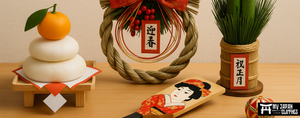
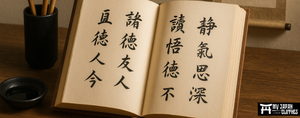

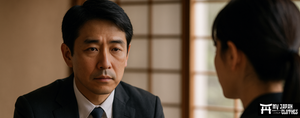

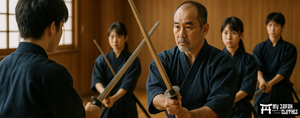

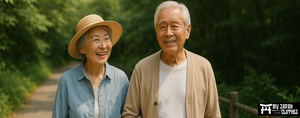
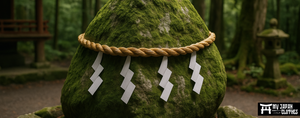


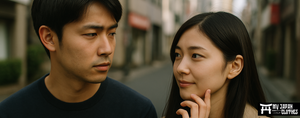
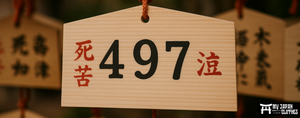

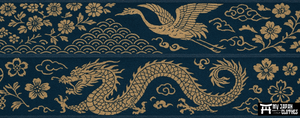





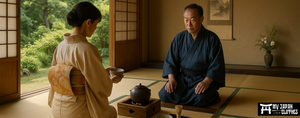
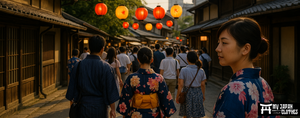
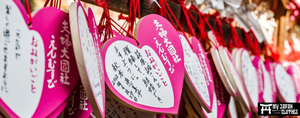



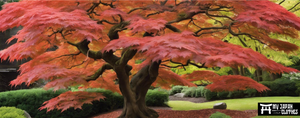
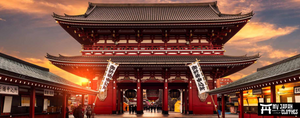
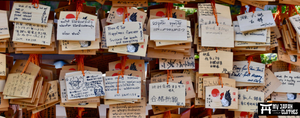

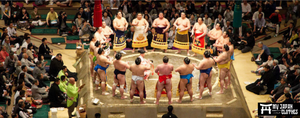









Leave a comment